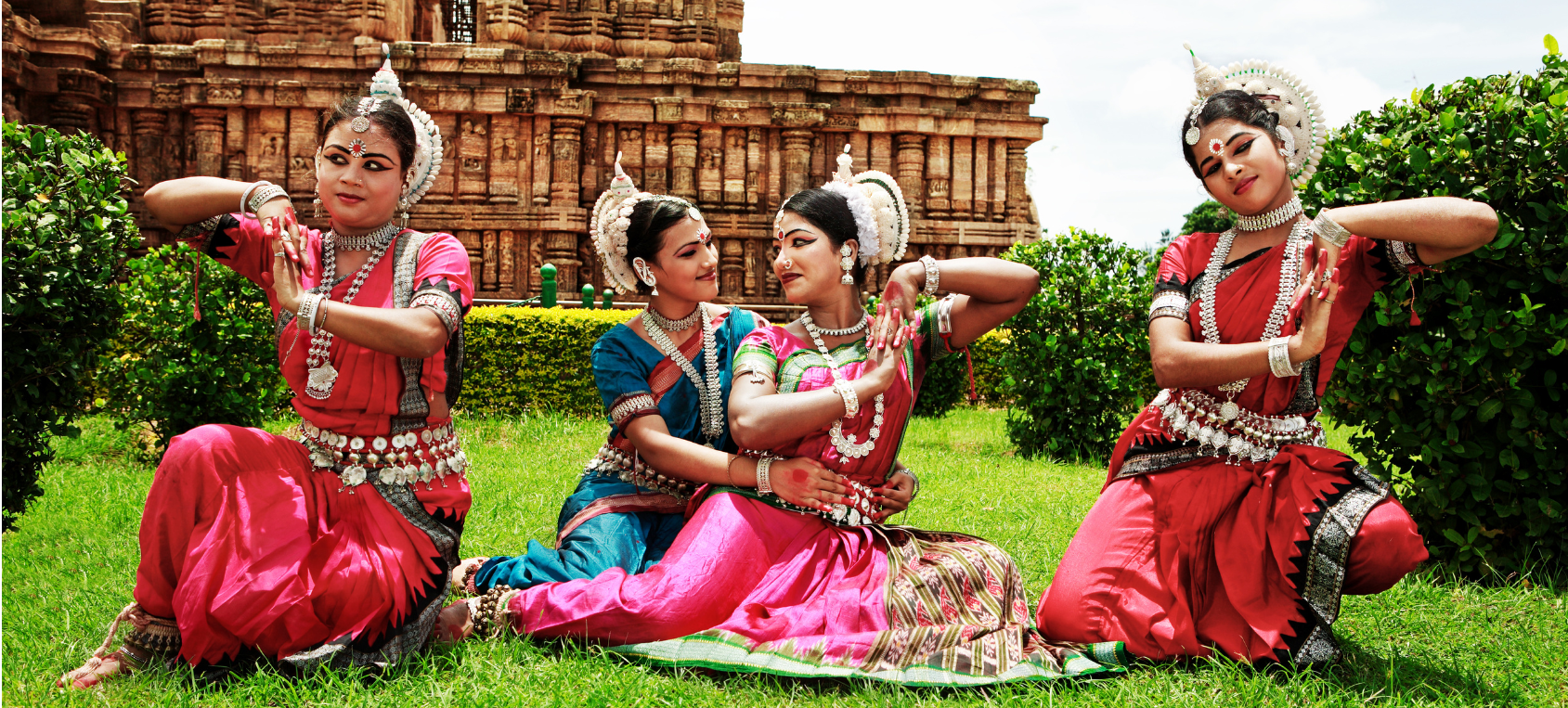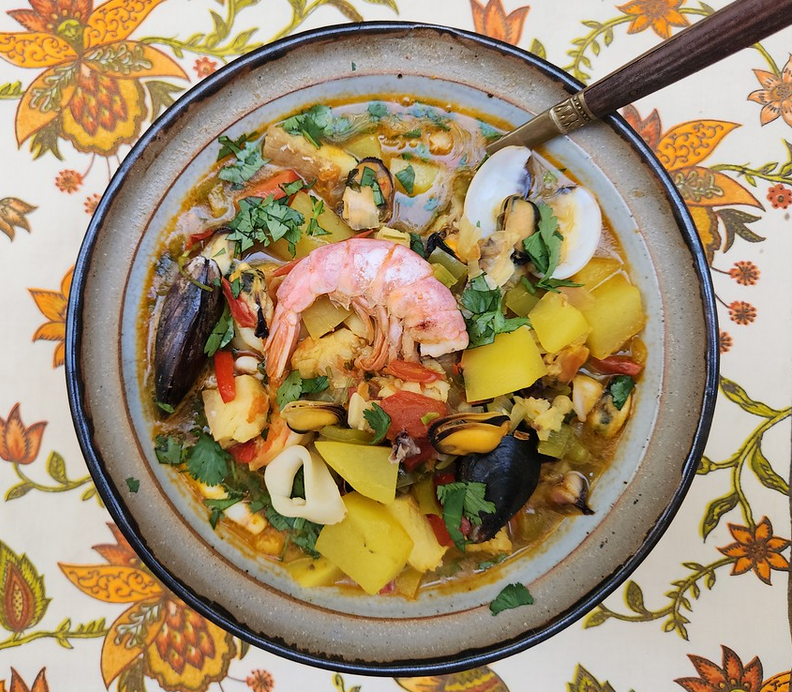
Indian classical music consists of both North Indian (Hindustani) and South Indian (Carnatic) music. It is based on melody and rhythm and does not follow musical conventions that predominate in Western music. Musicians use combinations of melody and rhythm known as ragas; musicians will also improvise around these ragas. Hindustani and Carnatic classical music may be completely instrumental or include a singer. Purists feel that vocalists represent the music in its greatest glory, but instrumental music is just as popular as compositions with vocals.
Indian music is based on religious practices. The origin of the Indian music system known as Raga Sangeet can be traced back about two thousand years to the Vedic Hymns chanted in Hindu temples. In the oldest scriptures of Hinduism called the "Vedas" there are allusions to various stringed and wind instruments. The first written reference to ragas, on which Indian Classical Music is based, is found in the Brhaddesi which was written in the 10th century. In the 13th century, 264 ragas were listed in the book Sangitaratnakara. During the 13th century, Indian classical music was flourishing in the courts of Muslim rulers. Though songs had originally been composed in Sanskrit, songs were then being written in various dialects of Hindi.
During the 16th century, differences between Hindustani and Carnatic music became more obvious. Hindustani music was influenced by Muslim and Persian elements since Muslims conquered the northern part of the subcontinent and established the Mughal empire in the 16th century. Carnatic music was influenced by traditional music played in Hindu temples. Each type was influenced by outside sources but Carnatic music has shown more skill for adding foreign instruments to its arrangements. In the 1960s the Beatles brought Indian Classical music popularity in the West and collaborations between Western and Indian musicians have continued to this day.
Because Indian classical music is based on Hindu religion, many believe that Indian classical music can elevate people to higher consciousness and bring them in contact with the divine universal force. The elements of Indian classical music that cause such effects are the ragas, which create the basis for all songs. Ragas can be generally described as melodic structures that dictate notes in a scale, their relationship to each other, their order from ascending to descending, characteristic movements, and other elements. In order for these ragas to have effect, they must be played at specific times of the day. Both Carnatic and Hindustani music were performed in temples, courts, houses of nobles, and small gatherings called "baithaks". Today concerts are mostly held outside temples, in concert halls, and recordings of Indian classical music performers are very easy to come by.
Popular Hindustani Instruments:
Tabla - A pair of small drums.
Sitar - A long necked lute with movable frets, two gourd resonators, seven playing strings and 13 sympathetic strings.
Sarod - A plucked or bowed fiddle with four to eight strings and sympathetic strings.
Tambura - A four-stringed drone lute.
Popular Carnatic instruments:
Mridangam - A two-headed barrel drum.
Violin - The European instrument but tuned to the tonic and fifth, which is in tune with a Tambura.
Tambura - The same as the Hindustani instrument.
Vina - A four-stringed lute with two gourd resonators.








